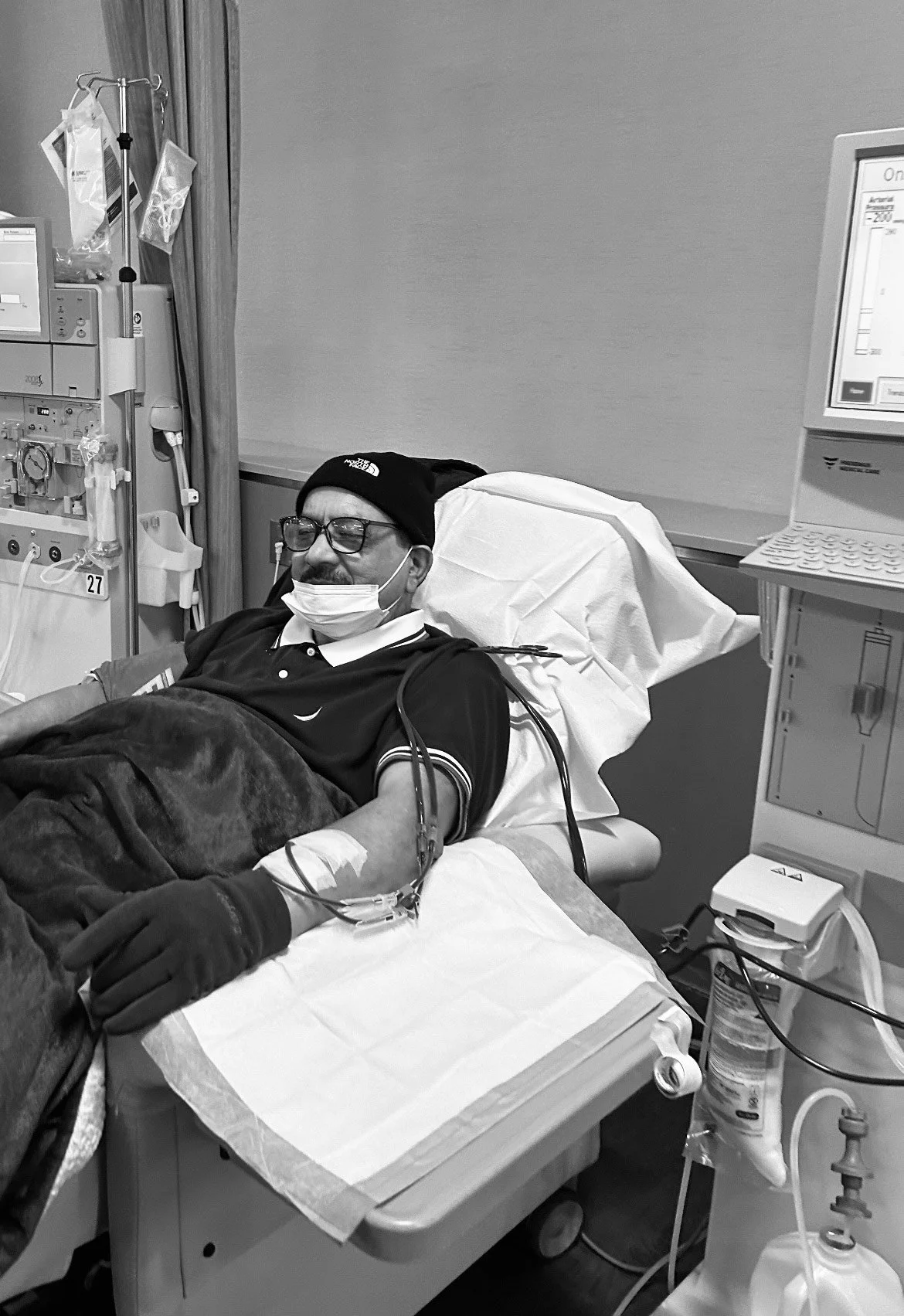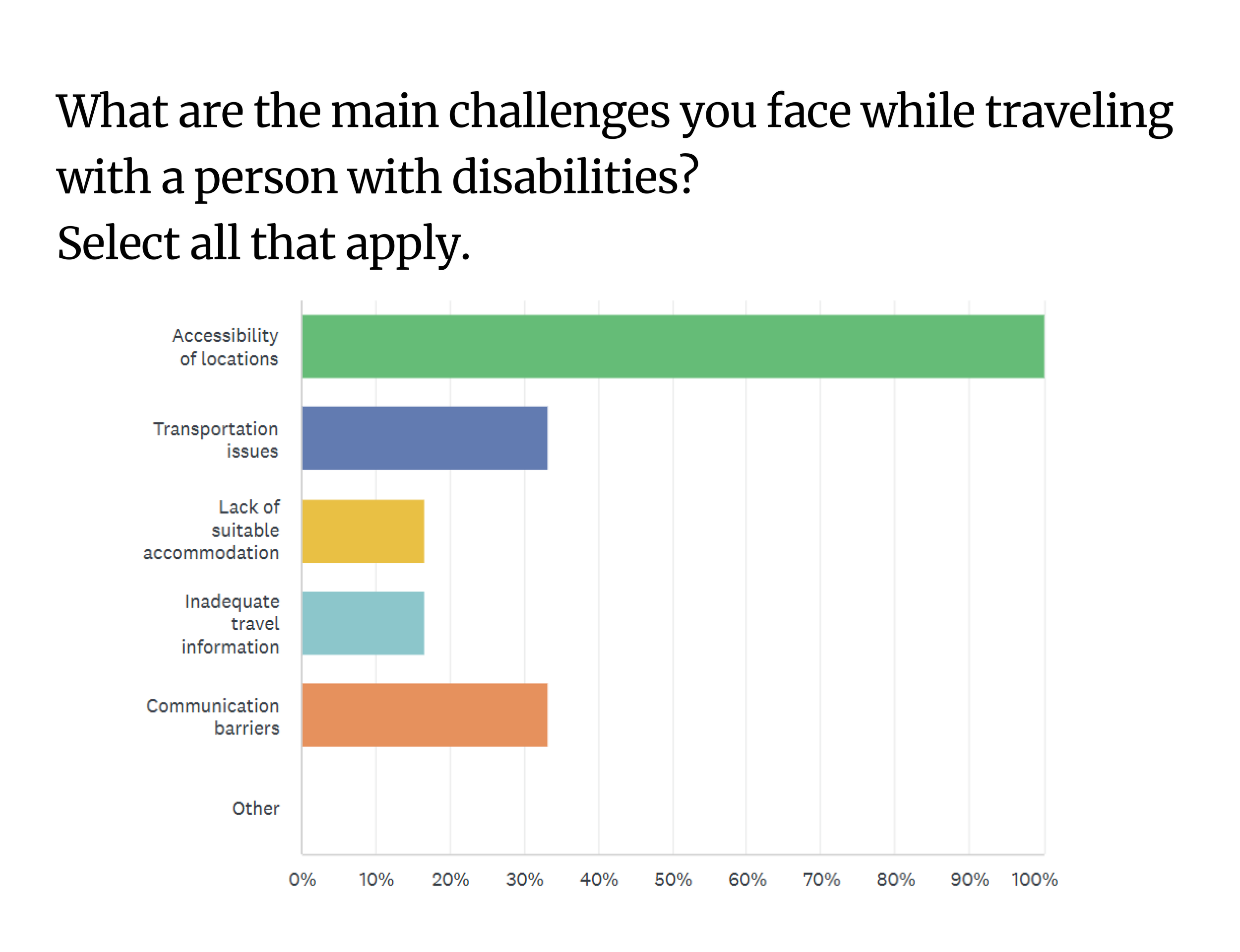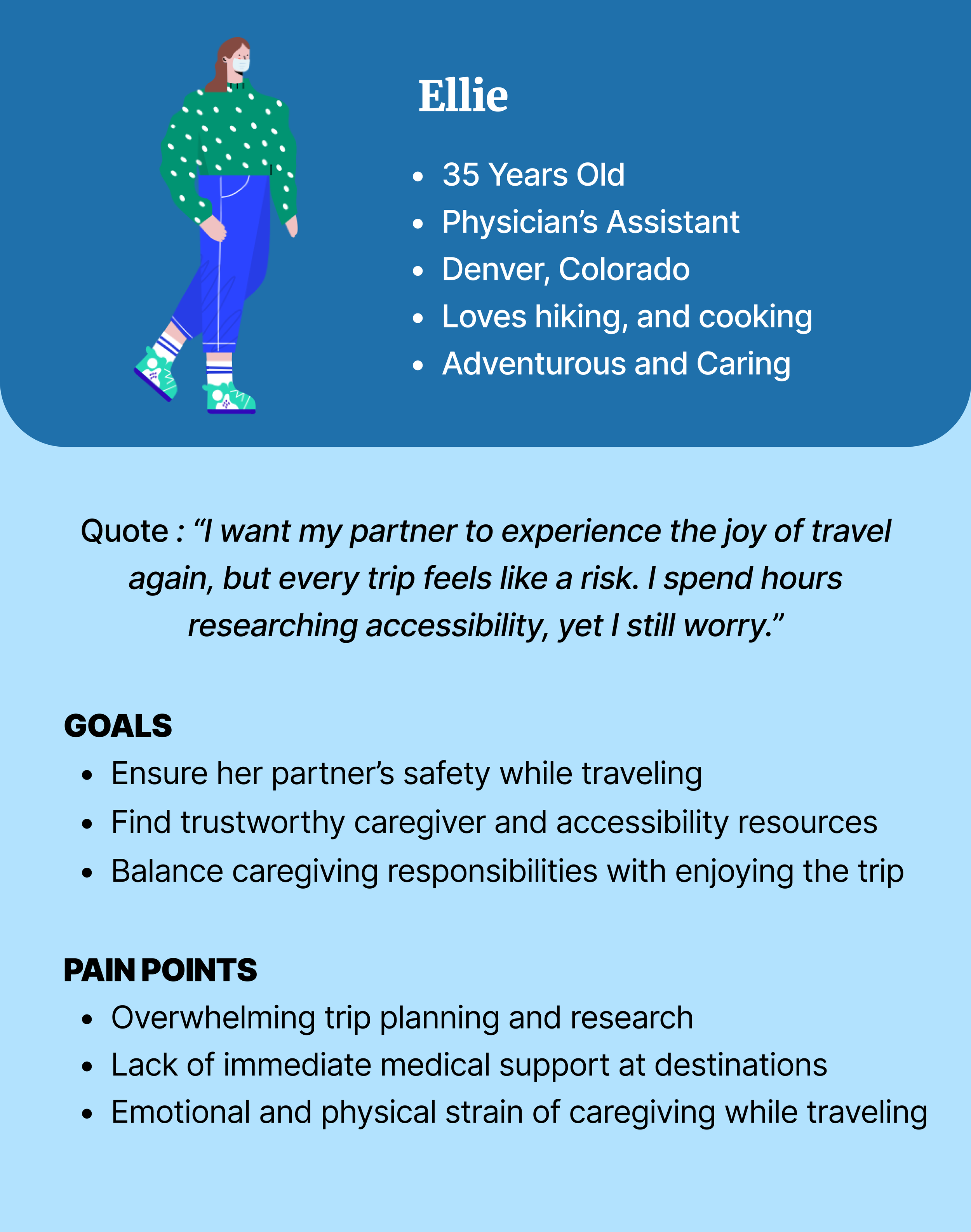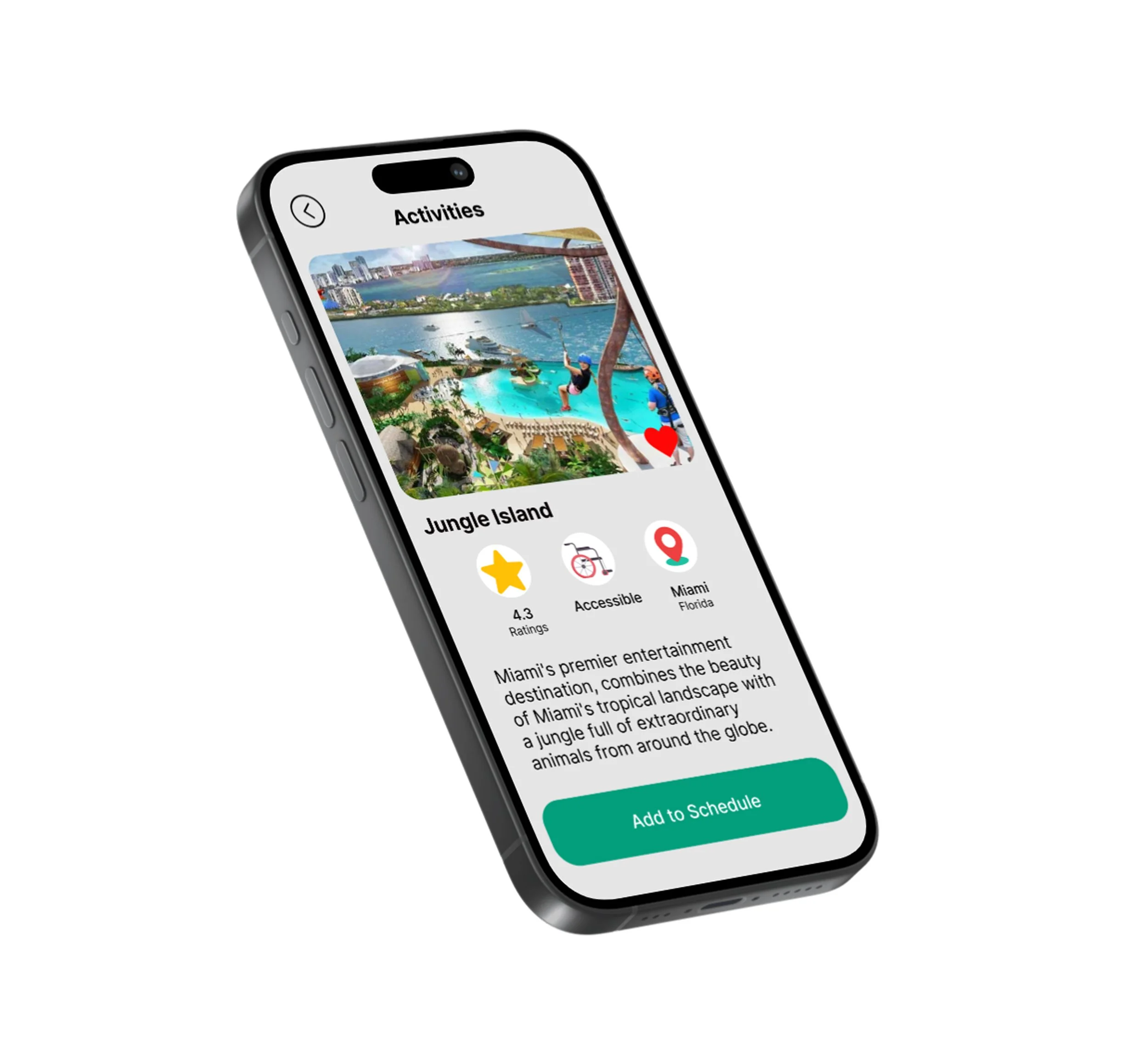Why Accessible Travel Matters
When my dad faced challenges finding accommodations and medical support during trips, I saw how difficult it was for families like ours to travel safely. This inspired us to design a solution for people with disabilities or chronic health conditions who want to enjoy life beyond their homes.
Travelers with disabilities often face barriers such as limited accessibility information, lack of caregiver support, and safety concerns.
Caregivers and loved ones struggle to plan trips that meet their needs.
Redefining Accessible Travel for All
Inspired by my personal experience of seeing my father struggle with travel while on dialysis, EscapAid was designed to empower individuals with medical needs to explore the world with confidence and support
Project Overview
CHALLENGE
Traveling with disabilities or medical needs is often stressful due to inaccessible accommodations and lack of medical facilities. Inspired by personal experience, our goal was to empower travelers with disabilities by designing a seamless, accessibility-first travel solution.
SOLUTION
To developed a platform that:
✔ Connects users to accessible hotels, restaurants, and attractions based on their mobility, hearing, or visual needs.
✔ Provides tools to locate nearby medical facilities (e.g., dialysis centers) and schedule care.
✔ Offers support by helping users find local caretakers and on-site assistance.
GOAL
To barriers in accessible travel, enabling people with disabilities and medical conditions to explore with confidence and peace of mind.
TARGET AUDIENCE
Individuals with mobility, hearing, or visual impairments, along with their families and caregivers.
ROLE TIME
UX/UI Designer 4 Weeks
TASK
Design a travel app to assist individuals with disabilities and medical needs in planning accessible and stress-free trips.
TOOLS
Figma, Survey Monkey, Google Workspace
Understanding the Needs of Our Users
Traveling should be about discovery and joy, but for people with disabilities and their caregivers, it often becomes a source of stress and uncertainty. Inspired by my father's struggle to travel while undergoing dialysis, I set out to understand the core challenges faced by those with medical needs and limited mobility.
What makes travel accessible, not just physically, but emotionally and logistically?
To answer this question, we immersed ourselves in user research—listening to travelers with disabilities, and their caregivers to design a solution that truly meets their needs.
We conducted:
User Interviews - Competitor Analysis - Surveys
1️⃣ User Interviews
We conducted in-depth interviews with:
Travelers with disabilities who shared their experiences, frustrations, and desires for a more inclusive travel experience.
Caregivers and family members who revealed the emotional and logistical stress of trip planning.
2️⃣ Competitive Analysis
We analyzed existing solutions, including:
WheelMap – A crowdsourced map for accessibility ratings.
Ability Adventures – A travel service focused on adaptive experiences.
📌 Key Finding: While these tools provided some accessibility insights, none offered real-time medical assistance or caregiver coordination, which is crucial for users with complex medical needs.
3️⃣ Surveys
We surveyed 10+ individuals, including:
People with mobility issues or chronic conditions.
Family members planning trips for loved ones with disabilities.
📊 Survey Results:
75% of respondents worry about finding reliable accessibility information.
62% struggle with last-minute medical emergencies while traveling.
85% want a single platform for accessibility, caregiving, and medical support.
Key Insights: What We Learned
From our research, three main themes emerged:
Accessibility is more than ramps—it’s about confidence & trust.
Caregivers need real-time support, not just planning tools.
A single app for accessibility, medical care, and travel planning reduces stress.
How This Research Shaped EscapAid
Our findings led to key design decisions:
✔ Interactive Accessibility Map – Color-coded locations with verified accessibility ratings.
✔ Caregiver Matching Service – A system to book vetted local caregivers while traveling.
✔ Emergency Medical Support – Easy access to nearby hospitals, urgent care, and pharmacies within the app.
User Personas
This research wasn’t just about data—it was about real people who deserve the freedom to explore the world without barriers. By deeply understanding their pain points, we designed EscapAid to be more than an app; it’s a tool that restores confidence and enables meaningful travel experiences.
Designing for Inclusion
and Independence
Imagine planning a trip, but instead of choosing where to eat or what sights to see, you’re worried about whether you’ll even be able to enter the restaurant or if the hotel’s ‘accessible’ room actually has a step-free shower.
For caregivers, it’s like playing an endless game of ‘what if’—what if the elevator is broken? What if there’s no nearby hospital? What if we get stranded?
This is where we knew we had to act.
Our goal?
Turn ‘what ifs’ into ‘I got this.’
🔹 Core Features: The Pillars of EscapAid
💡 From chaos to clarity, we refined our ideas into three game-changing features:
🌍 Interactive Accessibility Map
🤝 Caregiver Matching
🚑 Emergency Support
We took these ‘what ifs’ and turned them into features that give people the power to travel fearlessly.
Draft Wireframes





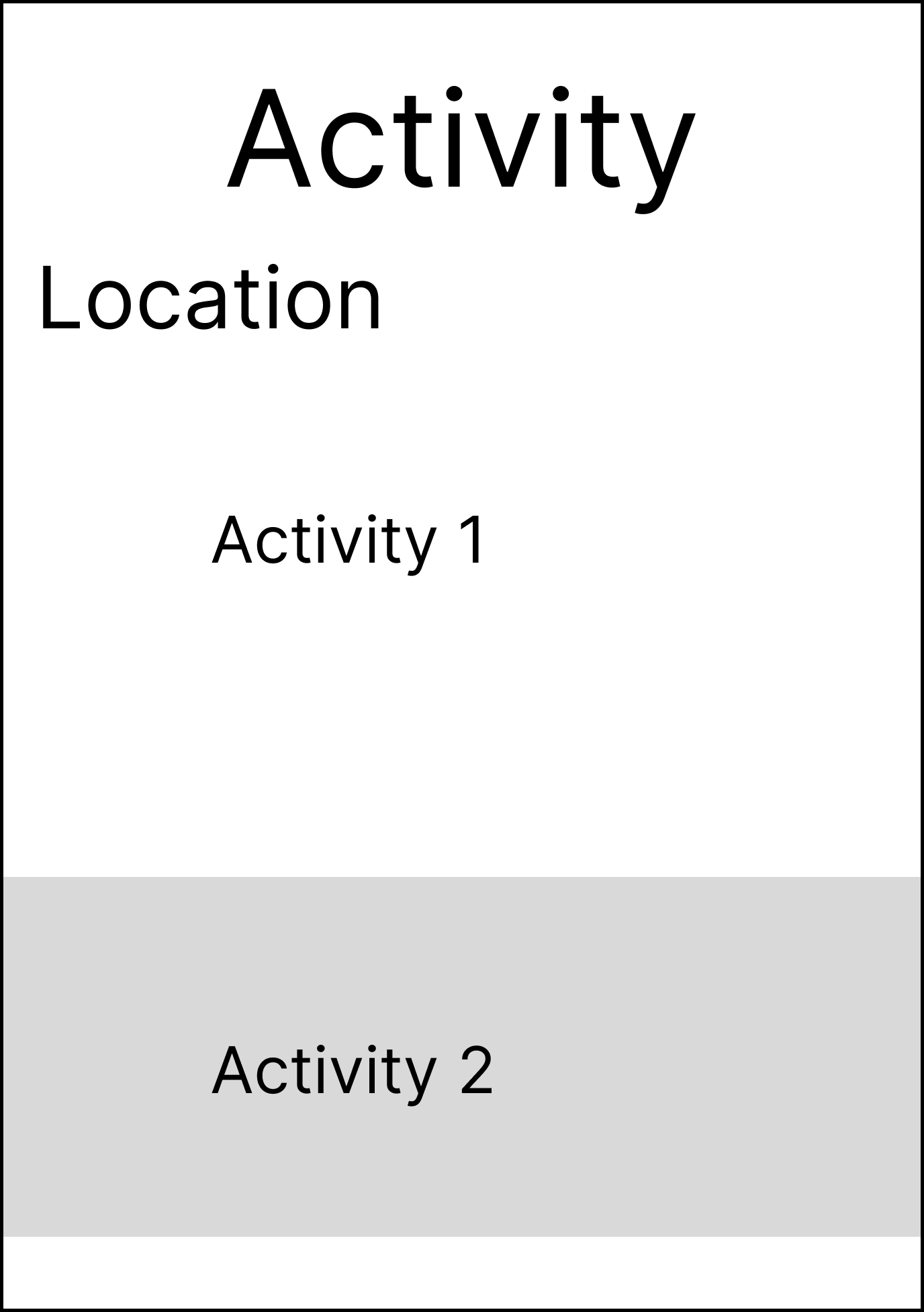

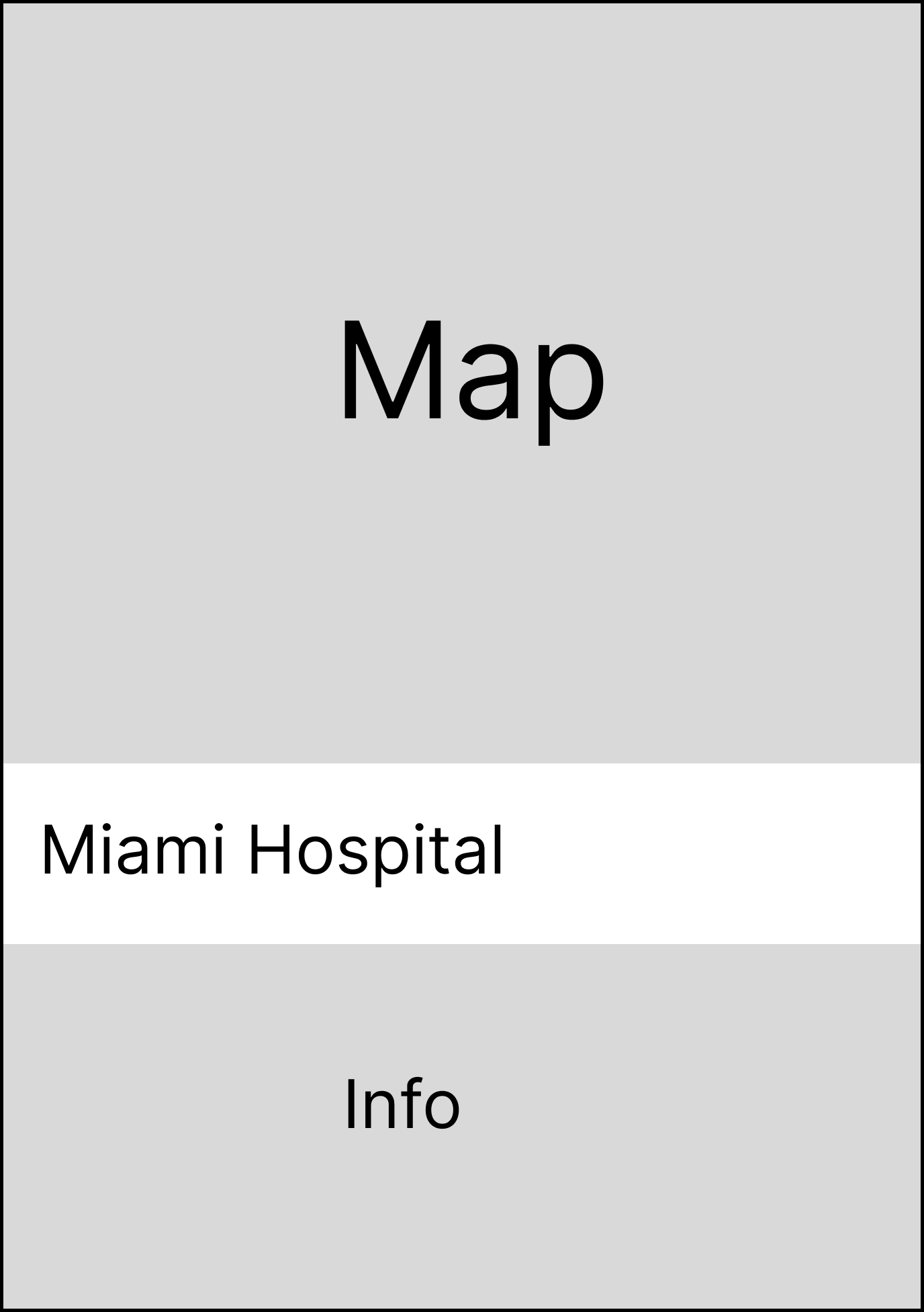
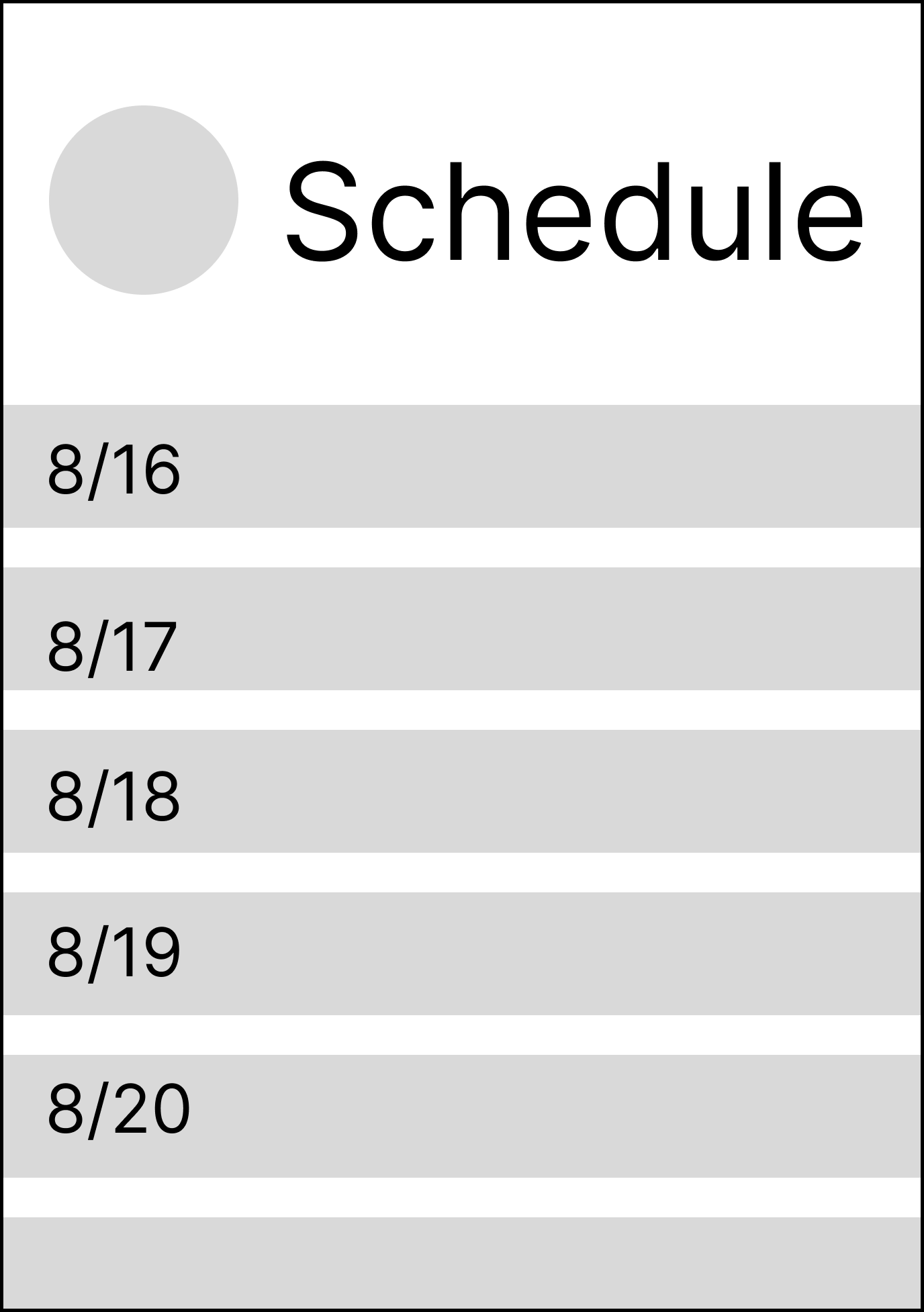
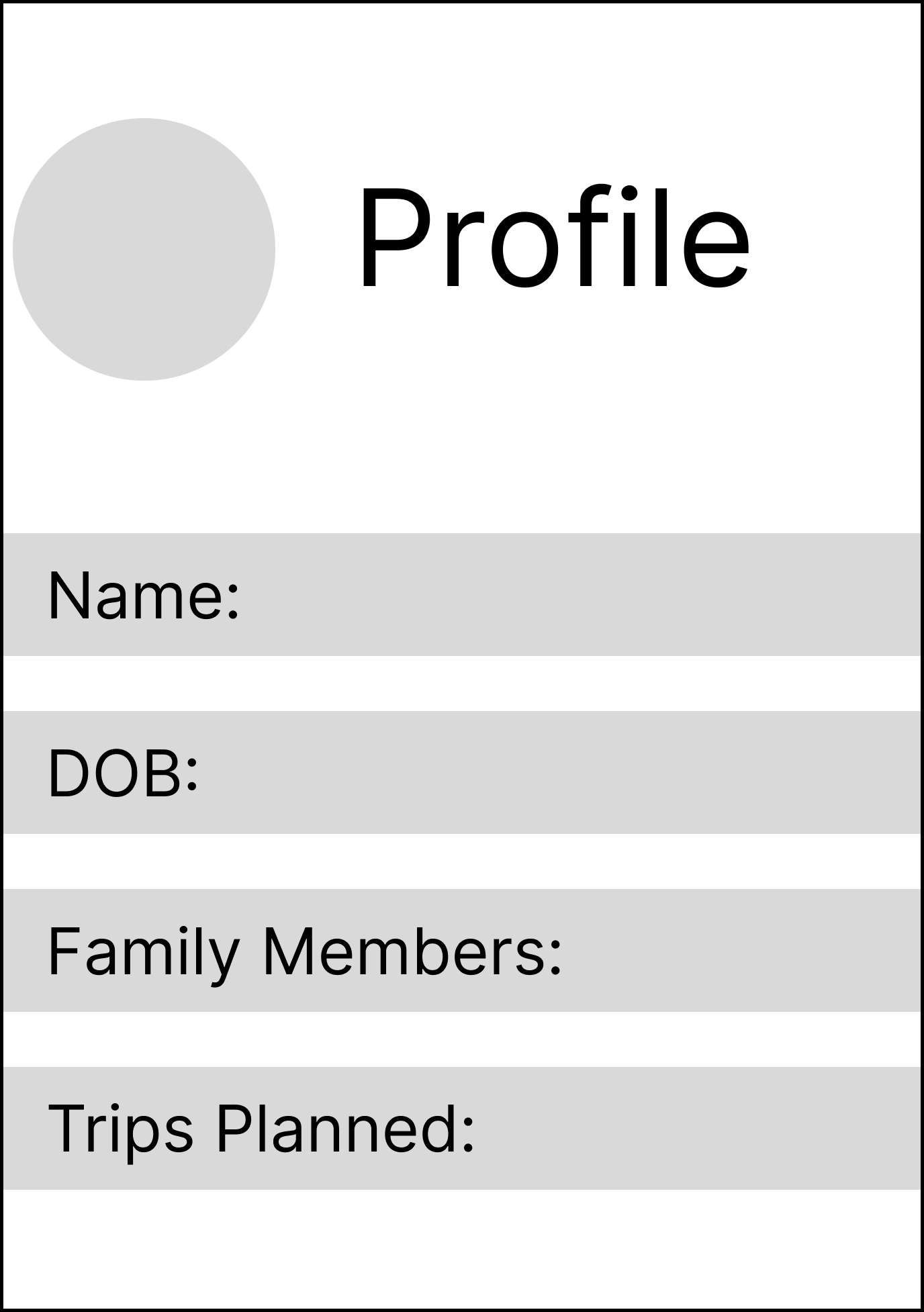
Introducing EscapAid
After weeks of brainstorming, prototyping, and refining, EscapAid was no longer just an idea—it was a fully interactive travel assistant designed to turn obstacles into opportunities.

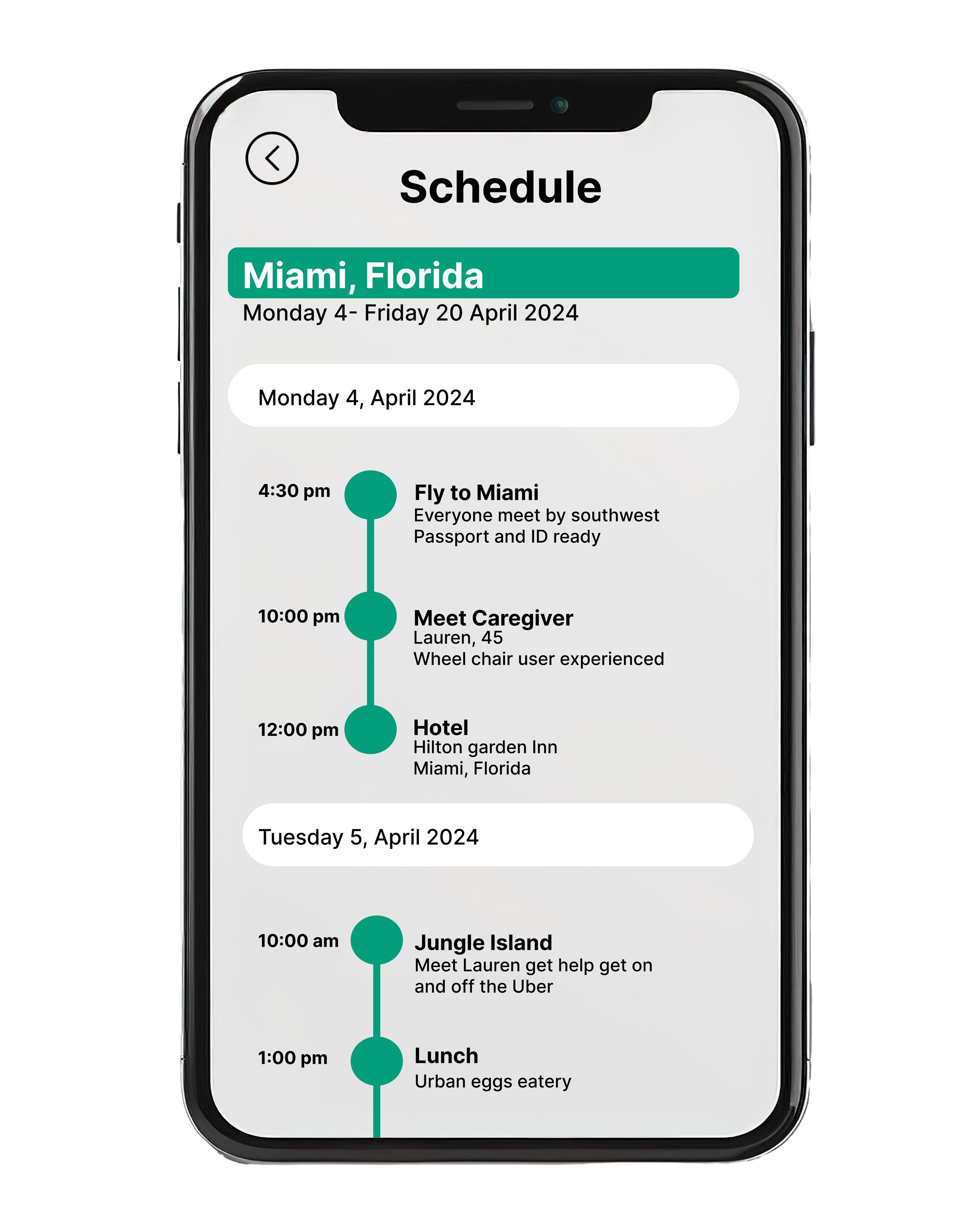



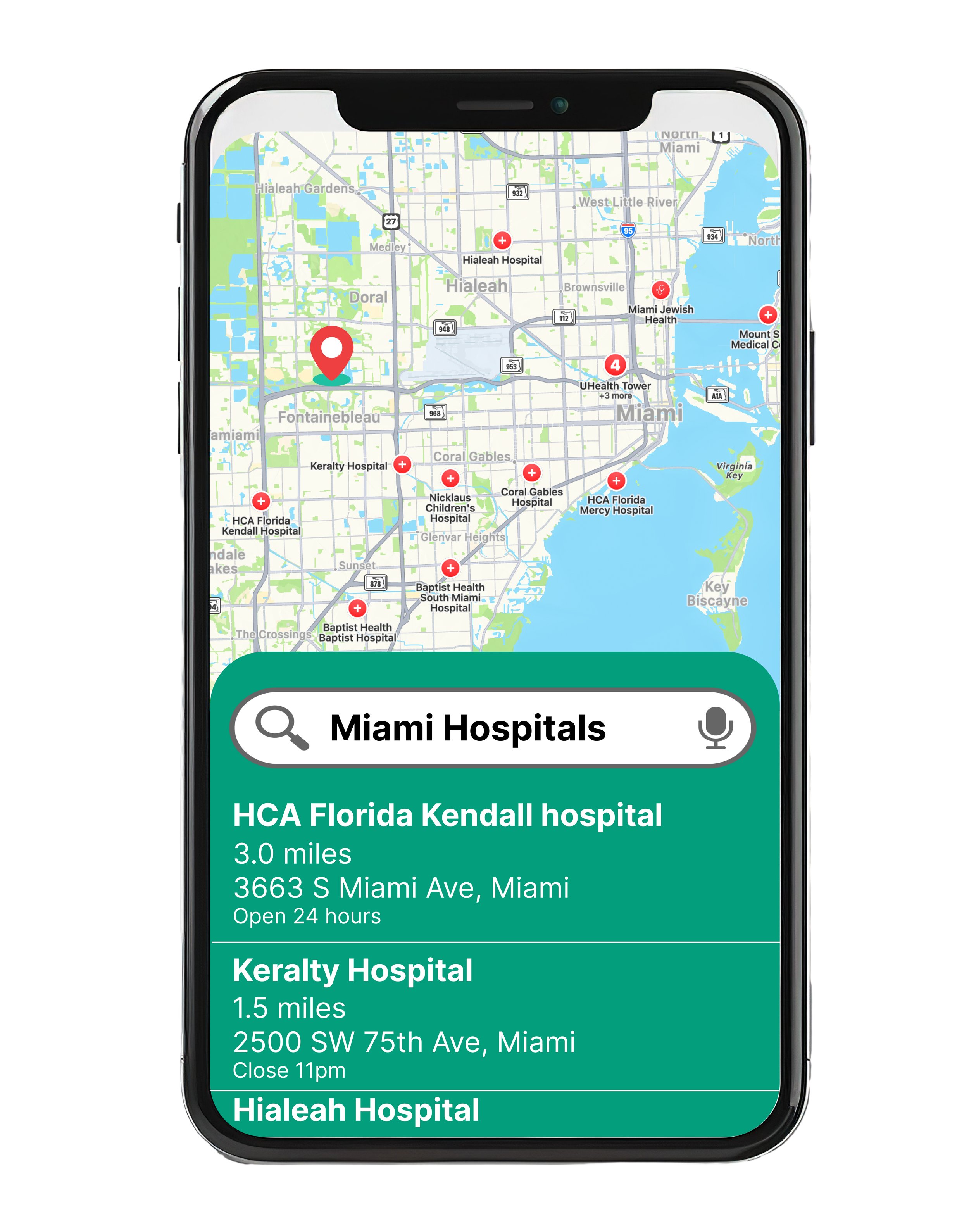




🔹 What Makes EscapAid Different?
✔ Simplicity – No complex forms, just a clean, intuitive interface.
✔ Customization – Users can filter locations by accessibility needs.
✔ Peace of Mind – Medical and caregiver support are just a tap away.
➡ With EscapAid, travelers can finally focus on what matters most: enjoying the journey.
Refining Through Feedback
Usability Testing:
We conducted in-person tests with target users to evaluate EscapAid’s ease of use and effectiveness in assisting travelers and caregivers.
Tasks Tested:
✔ Navigating the map to find accessible locations
✔ Booking a caregiver through the app
✔ Reviewing accommodations and activity recommendations
✅ 85% of users found the interface intuitive and helpful for planning trips.
❓ Some users sought more clarity on how caregivers were selected.
⏳ A few users noticed minor lag in the map functionality.
While the usability tests showed positive reception overall, minor areas for improvement were identified, including enhancing caregiver profile transparency and optimizing map performance for a smoother experience.
Designing for Inclusive Travel
EscapAid is built to empower travelers with disabilities by offering a seamless, accessibility-first travel experience. The roadmap reflects our commitment to continuous innovation, ensuring that every traveler can explore the world with confidence and ease.
🔹 Current Features:
🌍 Real-time Accessibility Maps – Find wheelchair-accessible locations effortlessly.
🤝 Caregiver Matching – Connect with trusted caregivers at your destination.
🚑 Emergency Support – Locate nearby hospitals and medical centers instantly.
🔹 Future Enhancements:
🧠 AI-Driven Recommendations – Smart suggestions tailored to users’ accessibility needs.
💬 Community Forums – Peer-reviewed insights from real travelers.
🔹 Ultimate Goal:
🏥 Medical Network Integration – Connecting travelers with essential healthcare services.
🌎 Expanded Global Data – Ensuring accessibility insights reach more destinations worldwide.
Breaking Barriers to Accessible Travel🌍
EscapAid isn’t just an app—it’s a movement toward inclusive travel. By offering accessibility-first travel planning, it transforms how people with disabilities and their caregivers navigate the world.
✔ Empowered travelers with disabilities to explore confidently.
✔ Reduced caregiver stress by providing reliable resources.
✔ Encouraged businesses to prioritize accessibility.
Key Takeaways & Design Reflections
Designing EscapAid reinforced the value of empathy-driven UX and inclusive design. Accessibility is not just about compliance—it’s about creating seamless, empowering experiences. This project deepened my understanding of how UX can bridge gaps in accessibility, and I look forward to applying these insights to future challenges.
Interested in designing solutions that create impact?


